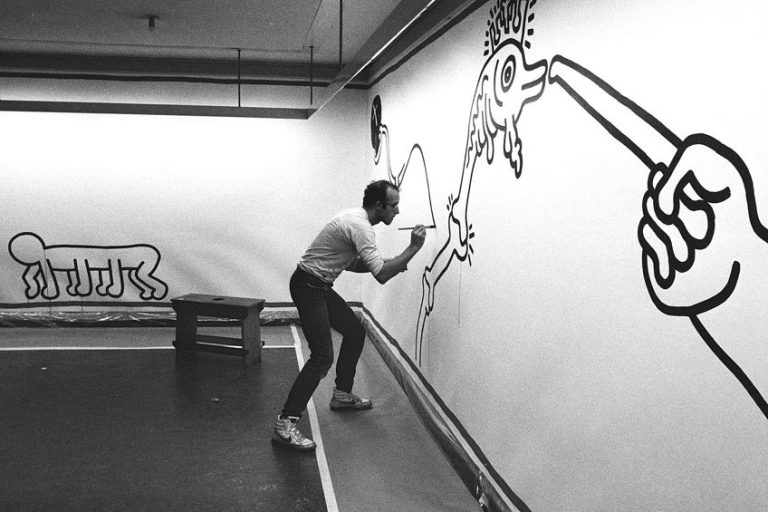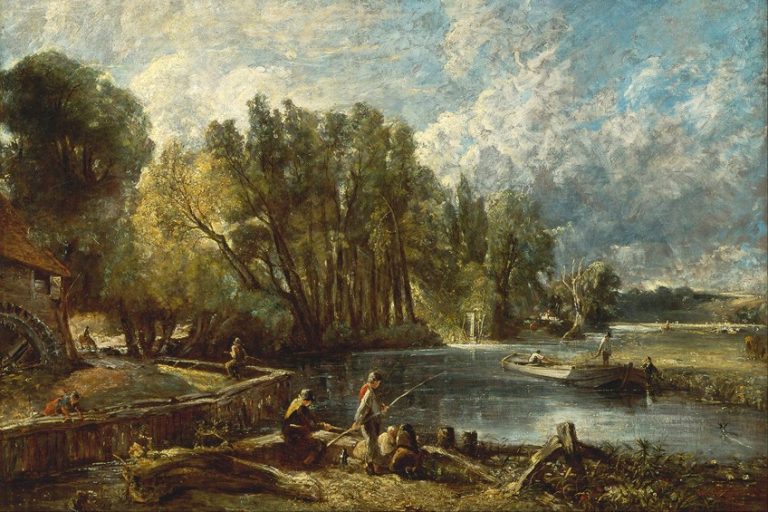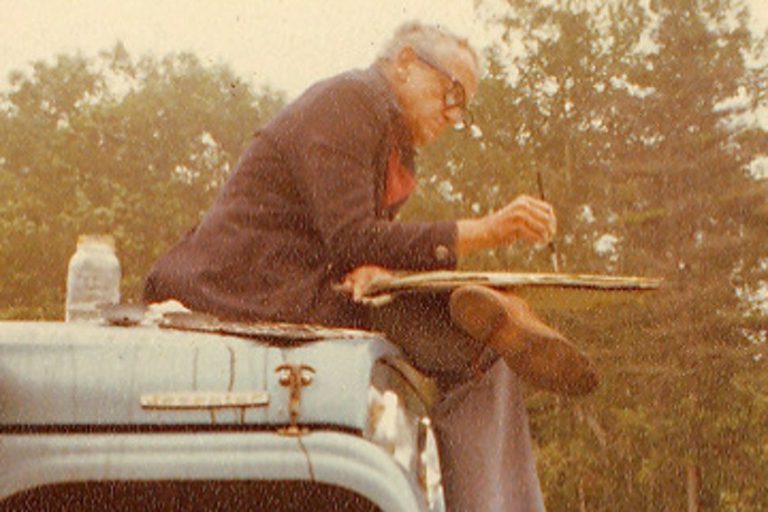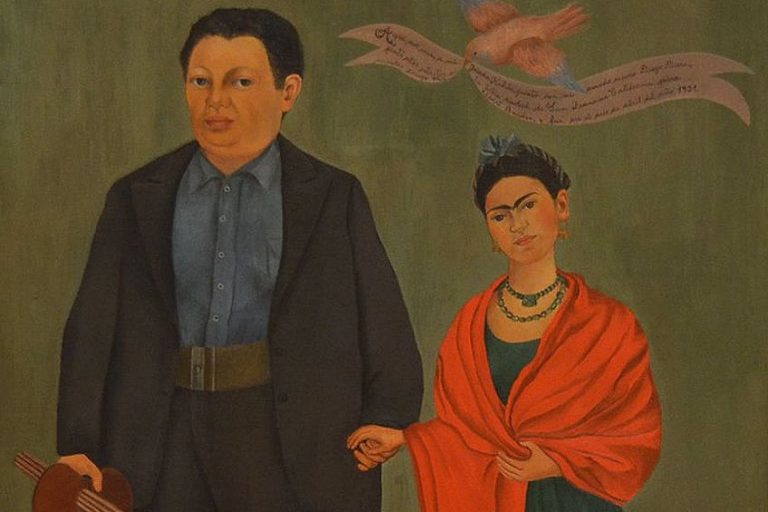Elizabeth Catlett – A Trailblazer in the World of Sculpture
Elizabeth Catlett was a trailblazing American artist whose work encompassed sculpture, printmaking, and painting, leaving an indelible mark on the art world with her powerful portrayals of African American life and the struggles of marginalized communities. Born in 1915 in Washington, D.C., Catlett’s art not only captured the essence of social justice and civil rights but also celebrated the strength and resilience of women. Through her iconic sculptures and prints, she challenged stereotypes and advocated for equality, making her a revered figure in the realms of African American and feminist art.
Key Takeaways
- Elizabeth Catlett used her art to explore and comment on the African American experience, particularly focusing on women.
- She was formally educated in prestigious institutions and further honed her skills in Mexico, reflecting a blended cultural influence in her work.
- Catlett’s legacy includes influential sculptures and prints that are celebrated for their impact on social justice and art history.
Early Life and Education
| Birth | April 15, 1915 |
| Death | April 2, 2012 |
| Place of Birth | Washington, D.C., United States |
| Genre of Work | Sculpture, painting, and printmaking |
Elizabeth Catlett was a significant figure in the world of art, with considerable impact rooted in her multifaceted identity as an African American woman and later a Mexican resident. Her work stands as a testament to her dedication to both her craft and her commitment to social justice. Primarily known for her sculpture and printmaking, Catlett’s creations often portray the diverse aspects of the African American experience, with a special emphasis on women. She used her art not only as a tool for self-expression but also as a means of protest against racial and gender inequalities.

Elizabeth Catlett pursued her passion for art from an early age despite the challenges posed by the racial climate of her time. She advanced her formal education in the arts at Howard University and later at the University of Iowa, where she studied with the renowned artist Grant Wood. Catlett’s educational and personal experiences shaped her artistic directions and themes. In the movement of her art to Mexico, where she became a citizen, her work began to also reflect Mexican social and political influences, merging with her ongoing narrative of African American life. Her sculptures and prints are characterized by their strength and directness, with an aesthetic that boldly balances social commentary with an appreciation for the beauty of form. Through her lifelong exploration of themes such as race, class, and gender, Catlett has left a lasting legacy in the art world, influencing subsequent generations of artists.
Childhood
Elizabeth Catlett was born on April 15, 1915, in Washington, D.C. Her family’s history as descendants of enslaved people significantly impacted her perspective and choice of subjects in her art.
Catlett’s childhood in a middle-class family provided her a stable foundation, yet she was acutely aware of the systemic inequalities faced by African Americans.
Education and Early Training
With an emphasis on education from an early age, Catlett pursued her interest in the arts through formal training. She was determined to grasp the realities faced by African Americans and reflect this understanding in her creative expression.
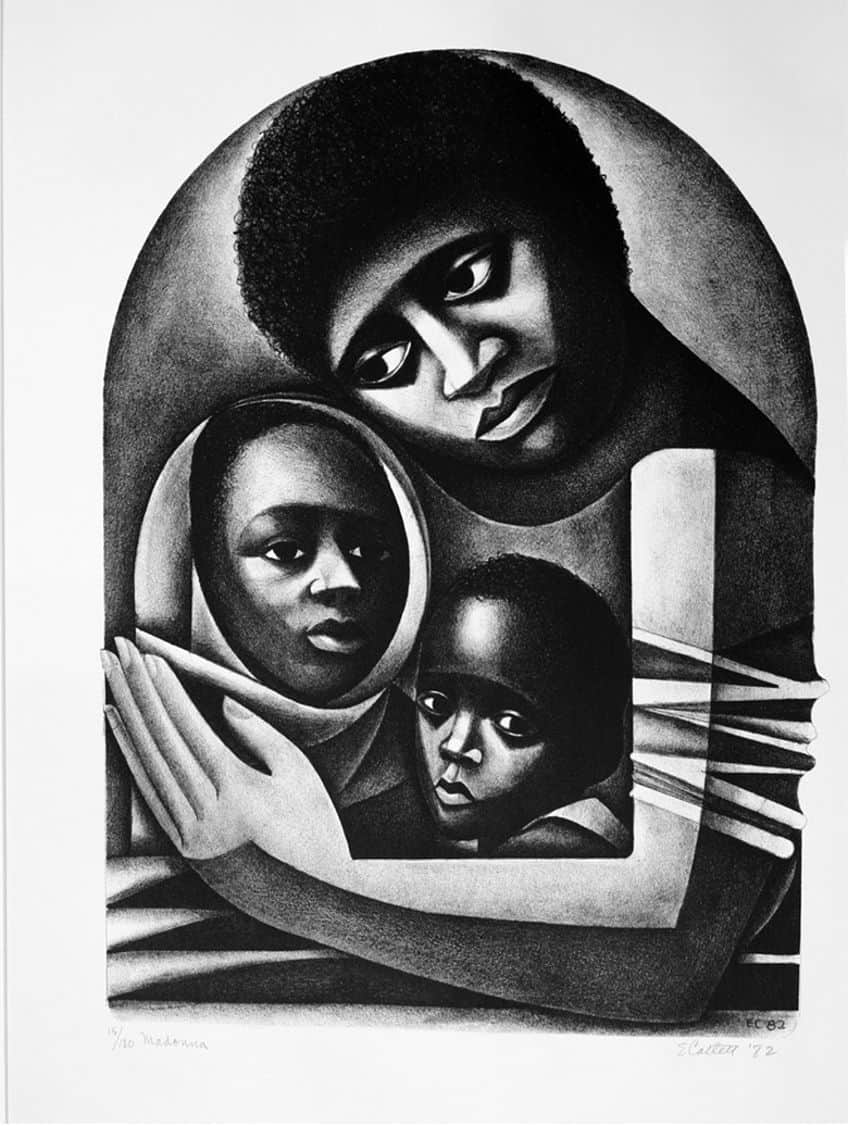
Washington, D.C. Roots
The cultural and political atmosphere of Washington, D.C., where Catlett grew up, is where her initial awareness of racial and gender disparities took root.
She grew up at a time when African Americans in the United States faced significant social and legal challenges.
Artistic Training at Howard University and Beyond
Howard University proved pivotal in shaping Catlett’s future. Her education there, under notable artists and intellectuals, provided a rich environment for her nascent talent. Graduating cum laude, she carried forward the university’s legacy of excellence. After Howard, Catlett furthered her education at the University of Iowa, learning under acclaimed artist Grant Wood, who encouraged her to draw from personal experience in her work. She earned a Master of Fine Arts there, a testament to her skill and dedication.

Late Period and Death
Even in later years, Elizabeth Catlett continued to evolve both as a student and teacher of art. Her life was a continuous journey of education, be it in the studio or the classroom, until her passing on April 2, 2012.
Her death marked the end of a life dedicated to exploring and illuminating the African American experience through art.
Artistic Career
Elizabeth Catlett’s artistic career was marked by a blend of social realism and abstraction. Her work tackled themes of race, gender, and social inequality, while her style evolved over the years integrating both realistic and abstract elements.
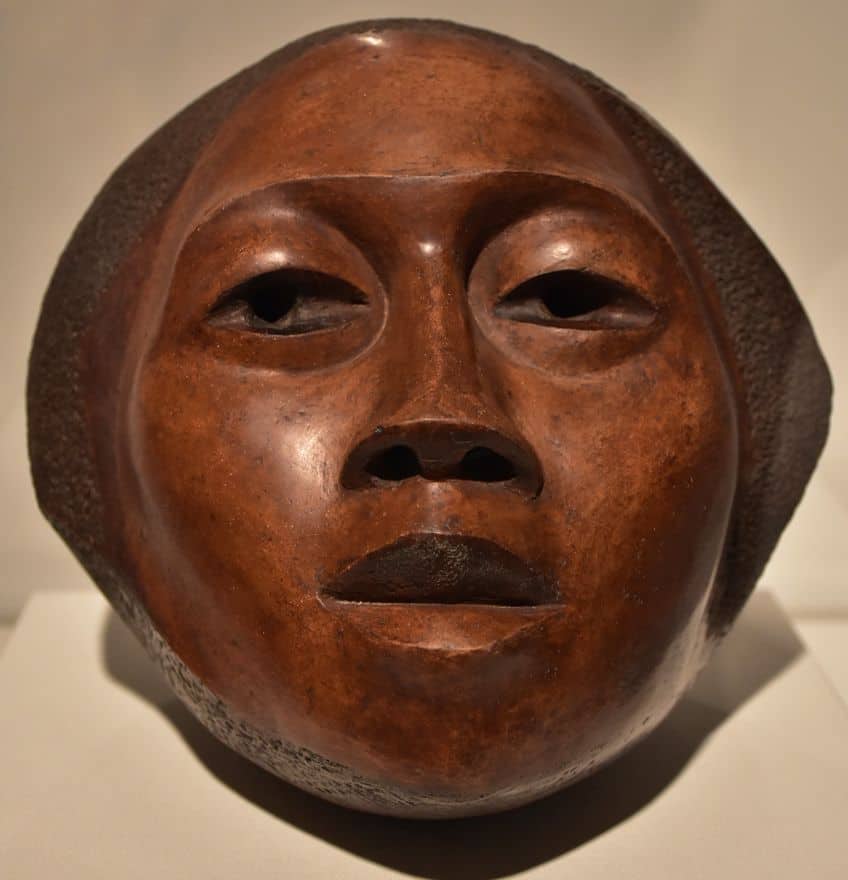
Accomplishments
Catlett is recognized for her powerful representations of African American and Mexican subjects. She became well known for her sculptures and prints that poignantly depicted the lives and struggles of Black women in the United States.
Some of her major works included:
- Mother and Child (1939): A sculpture reflecting familial bonds
- Sharecropper (1952): A print highlighting the plight of African American agricultural laborers
- Awards: Received the Lifetime Achievement in Contemporary Sculpture Award from the International Sculpture Center
Contributions to Printmaking and Sculpture
As a printmaker, Catlett was deeply involved with the Taller de Gráfica Popular (TGP) in Mexico City, where she honed her craft. Her printmaking often featured figures like Harriet Tubman and explored themes of resistance and empowerment.
- Styles: Merged Social Realism with Abstract design
- Mediums: Excelled in bronze, wood, and terracotta for her sculptures; and wood and linoleum for her prints
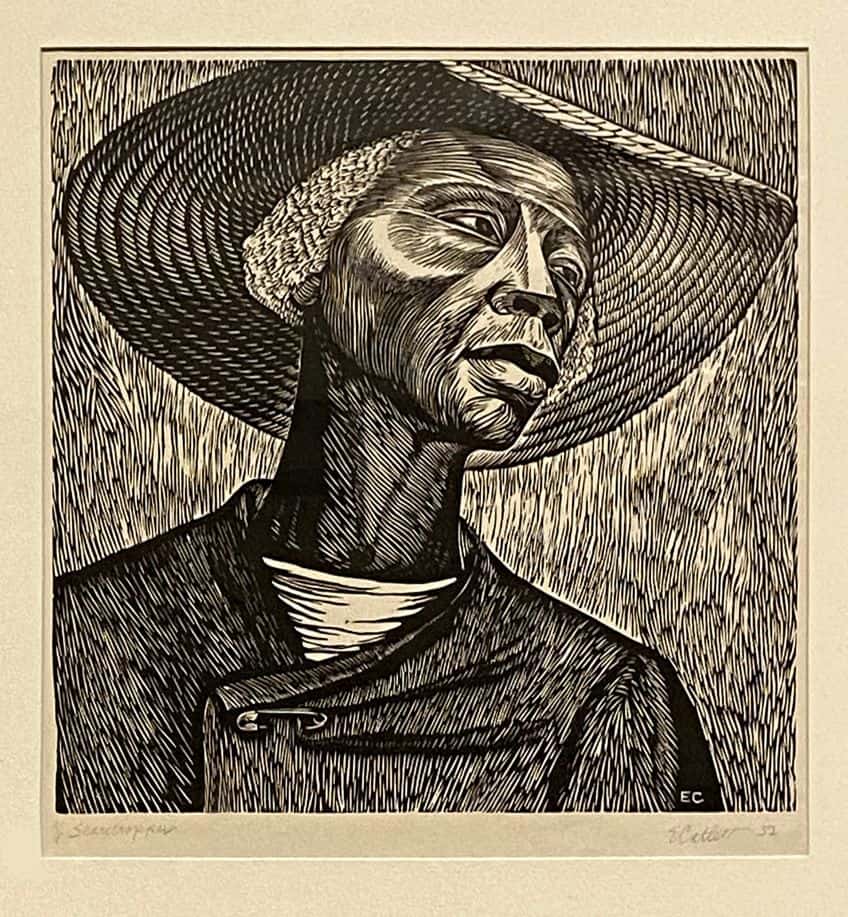
Teaching and Mentorship Roles
Catlett’s commitment to teaching was inseparable from her artistic practice. She taught sculpture at the National University of Mexico (Universidad Nacional Autónoma de México) and influenced a generation of artists.
She was instrumental in imparting the importance of art as a tool for social change.
- Institutions: Catlett’s teaching career spanned across various institutions, including the National University of Mexico
- Mentoring: She mentored young artists while remaining an active contributing member to both the artistic and political communities.
Influential Works to Know
Elizabeth Catlett’s artistry is characterized by its powerful and enduring narratives that highlight the challenges and triumphs of African Americans, specifically focusing on the experiences of women. A few of her iconic works stand out, providing lasting impressions due to their emotional depth and historical significance.

- Mother and Child (1939): The sculpture exemplifies Catlett’s skill with terracotta, capturing the tender bond between a mother and her child, a recurrent theme in her oeuvre symbolizing love and unity.
- Sharecropper (1952): This linocut print is one of Catlett’s most recognized works, depicting a black female sharecropper with a hat, showcasing the strength and resilience of African-American women in the face of adversity.
- Homage to My Young Black Sisters (1968): This sculpture serves as a testament to the role of young African-American women in the struggle for civil rights and social justice during a pivotal time in American history.
- Negro Es Bello series (1968 – 1970): A series of prints that highlight the beauty and dignity of black identity, aligning with the sentiments of the Civil Rights Movement and Black Power movement.
- Malcolm X Speaks for Us (1969): A striking lithograph reflecting Catlett’s engagement with the political climate of the era and her ability to capture the essence of black leadership and activism.
Elizabeth Catlett’s body of work remains highly influential and continues to be celebrated for its bold commentary on race, gender, and social inequality.
Major Achievements and Recognition
Elizabeth Catlett’s illustrious career has been acknowledged through various awards and major exhibitions. Her profound impact on art and activism has not only been recognized by esteemed art institutions but has also earned her several prestigious accolades.
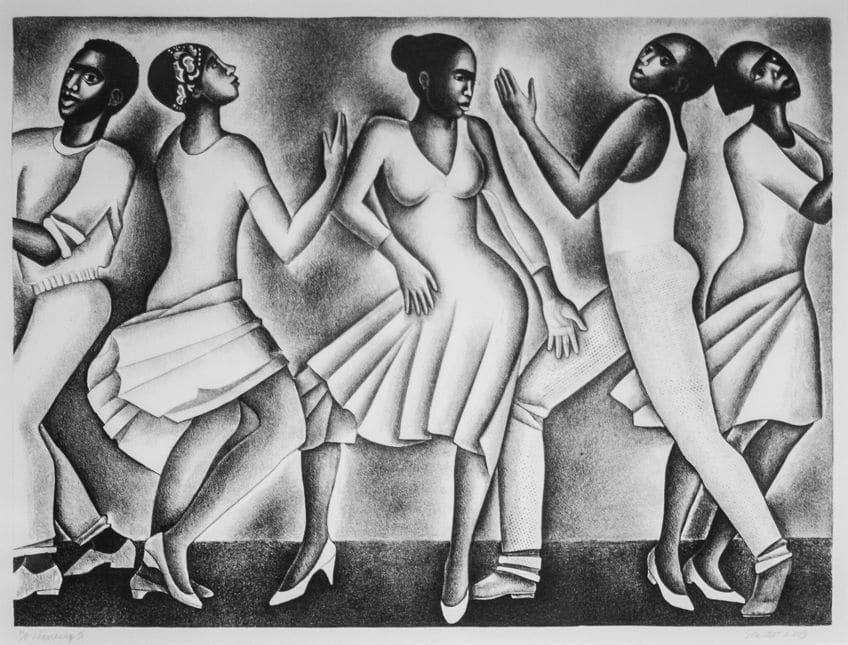
Awards and Honorary Doctorates
- International Sculpture Center’s Lifetime Achievement Award: Catlett was honored with this award, celebrating her significant contribution to the sculpture field.
- Legends and Legacy Award: Bestowed by the Art Institute of Chicago, this award highlighted Catlett’s enduring legacy in the art world.
Throughout her career, Catlett received numerous honorary doctorates from various colleges and universities, affirming her position as a leading figure in the arts.
Notable Exhibitions and Fellowships
- Salón de la Plástica Mexicana: Catlett’s work was prominently featured at this prestigious Mexican art institution, which hosts exhibitions of significant Mexican artists.
- Solo exhibitions: Her work has been the subject of solo exhibitions at renowned venues, affirming her influence in the art community.
Catlett also received various fellowships that allowed her to explore and express her artistic vision, vastly contributing to her growth as a notable artist and activist.
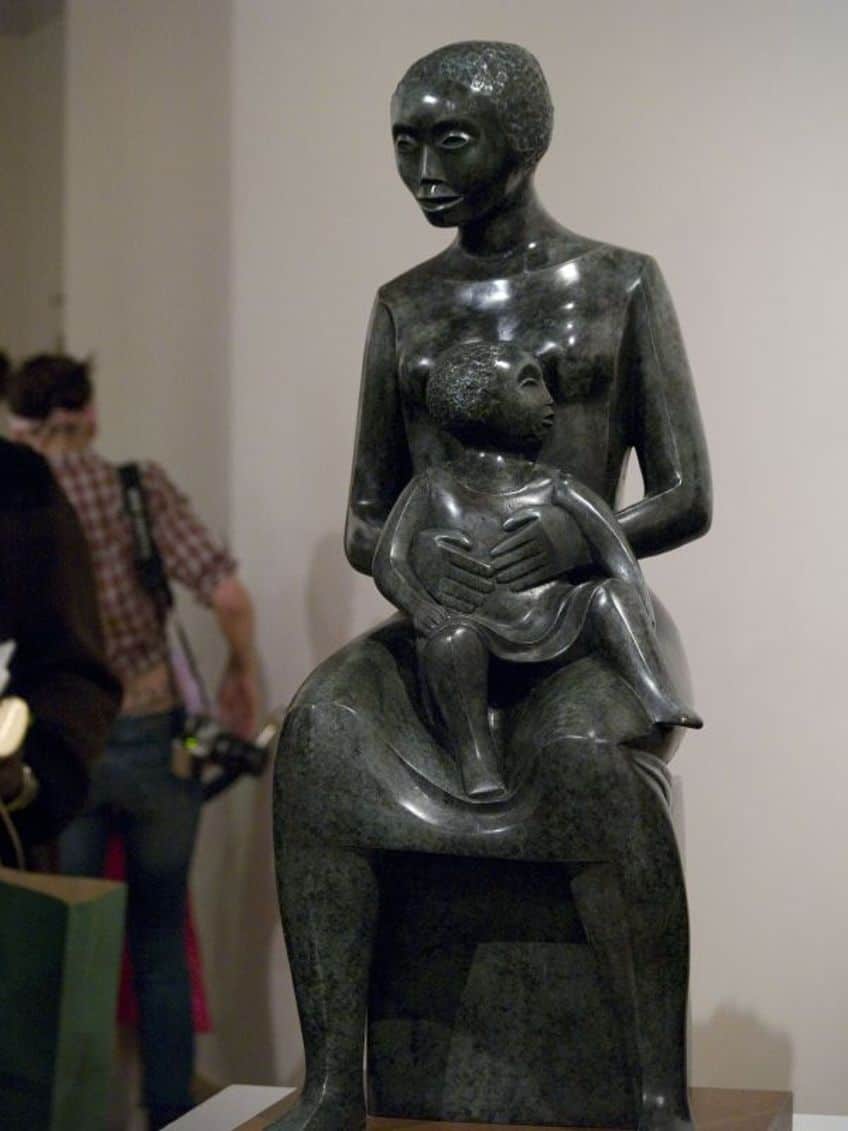
Legacy and Influence
Elizabeth Catlett’s artistic legacy transcends boundaries, having made significant contributions to African American and Mexican art, activism, and the representation of the Black female experience.
By infusing her art with social consciousness, she has left an indelible mark on modernist traditions and contemporary sculpture.
Impact on African American and Mexican Art
As a sculptor and printmaker, Elizabeth Catlett pioneered paths in the modernist tradition for both African Americans and Mexicans. Her representation of Black women in art provided visibility and an assertive voice within a predominantly male landscape. She embraced the female experience, blending it seamlessly with African American heritage. Moreover, as a Mexican citizen, Catlett enriched the Mexican art scene by drawing from her unique perspective as an African American and intertwining it with local artistic movements.
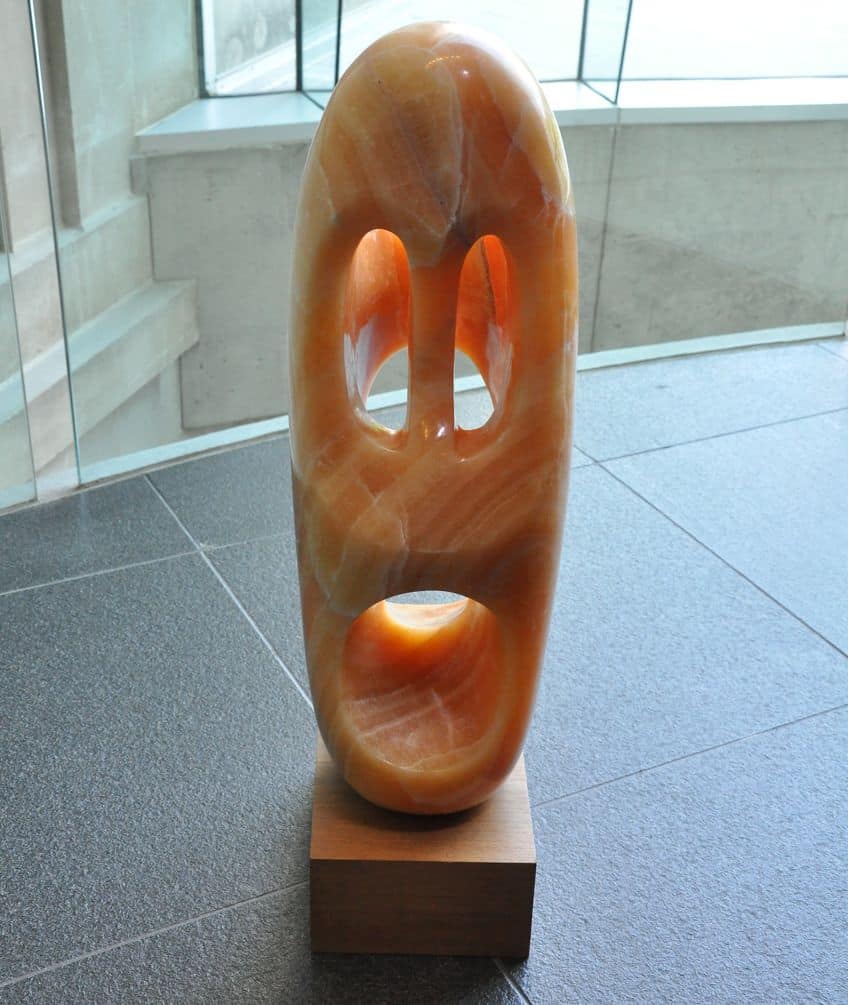
Role as a Political and Social Activist
Catlett’s role extended beyond the artistic realm; she was also a revolutionary at heart. Her work frequently addressed the intersections of racism, sexism, and classism, which positioned her as a pivotal figure in the realm of activism.
Recognized for challenging injustices through her art, she exemplified how creative expression can be a powerful vehicle for political and social change.
The Legacy of Elizabeth Catlett
The legacy of Elizabeth Catlett is seen not only in her powerful portrayals of the Black Woman but also in her influence as a Mexican sculptor. Her contributions to contemporary sculpture reflect a nuanced understanding of the struggles and triumphs of the marginalized. As a mentor to younger generations and an icon to many, Catlett’s work continues to provoke thought and inspire action within various communities, thus cementing her place as a transformative figure in art and society.

Elizabeth Catlett’s legacy in the art world is one of resilience, activism, and artistic brilliance. Her profound impact on African American art, feminist movements, and social justice advocacy is undeniable. Through her powerful sculptures, prints, and paintings, Catlett not only portrayed the struggles of marginalized communities but also celebrated their strength and resilience. Her dedication to art as a tool for social change continues to inspire artists and activists alike, ensuring that her contributions to the cultural landscape are remembered and cherished for generations to come.
Frequently Asked Questions
What Are Some Notable Awards Won by Elizabeth Catlett?
Elizabeth Catlett was the recipient of numerous awards throughout her career including the prestigious Lifetime Achievement in Contemporary Sculpture Award from the International Sculpture Center in 2003.
Which Printmaking Technique Is Elizabeth Catlett Known for Utilizing?
She was particularly known for her mastery of the linocut printmaking technique, which involves carving a design into linoleum blocks.
How Did Elizabeth Catlett’s Artwork Contribute to Cultural and Societal Change?
Elizabeth Catlett’s artwork often depicted the African American experience and emphasized themes of social justice, which contributed to dialogues about civil rights and the empowerment of women, particularly African American women.
Isabella studied at the University of Cape Town in South Africa and graduated with a Bachelor of Arts majoring in English Literature & Language and Psychology. Throughout her undergraduate years, she took Art History as an additional subject and absolutely loved it. Building on from her art history knowledge that began in high school, art has always been a particular area of fascination for her. From learning about artworks previously unknown to her, or sharpening her existing understanding of specific works, the ability to continue learning within this interesting sphere excites her greatly.
Her focal points of interest in art history encompass profiling specific artists and art movements, as it is these areas where she is able to really dig deep into the rich narrative of the art world. Additionally, she particularly enjoys exploring the different artistic styles of the 20th century, as well as the important impact that female artists have had on the development of art history.
Learn more about Isabella Meyer and the Art in Context Team.
Cite this Article
Isabella, Meyer, “Elizabeth Catlett – A Trailblazer in the World of Sculpture.” Art in Context. April 25, 2024. URL: https://artincontext.org/elizabeth-catlett/
Meyer, I. (2024, 25 April). Elizabeth Catlett – A Trailblazer in the World of Sculpture. Art in Context. https://artincontext.org/elizabeth-catlett/
Meyer, Isabella. “Elizabeth Catlett – A Trailblazer in the World of Sculpture.” Art in Context, April 25, 2024. https://artincontext.org/elizabeth-catlett/.




